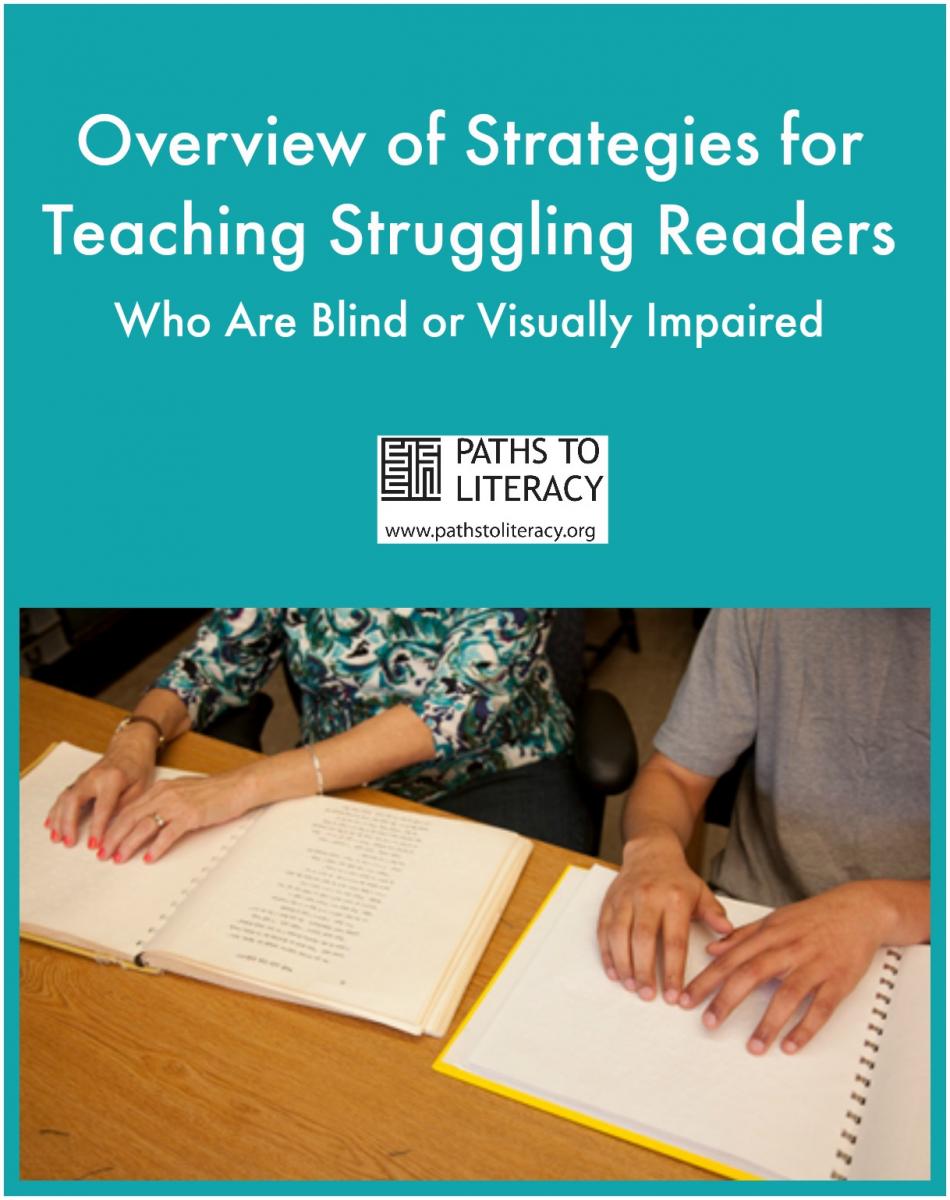Overview of Struggling Readers

There are many different factors that may contribute to an individual student having difficulty learning to read. When properly identified and provided with appropriate intervention, especially if caught early, many children can become successful readers.
Comprehensive evaluation can help the team design instructional strategies that accurately address the underlying causes of reading problems. Although teams may quickly assume that a visual impairment is the primary cause of literacy struggles, some students have difficulty due to a lack of general access to education, or inadequate instruction in literacy skills, or they may have specific learning disabilities affecting reading development. In addition, a student with a visual impairment may also have:
- Health issues
- Hearing loss
- Intellectual disabilities
- Attention difficulties
- Mental health and/or emotional issues
- Delays in language development and/or motor skills
- A home language that differs from that used at school
- Other individual life circumstances
Each of these factors should be considered for any role they may play in literacy skill development for a particular student. As an important member of the team, it is critical for the VI professional to ensure that evaluation tools are appropriate for this student, and to contribute information on the impact of the child’s visual impairment on learning through a functional vision evaluation and learning media assessment. Taken together with other evaluations, an appropriate intervention plan can be designed.
It may be helpful for the TVI to ask the following questions when discussing the role of the visual impairment and what type of intervention would be most appropriate:
- How is the child using his or her vision?
- To what extent is the child's vision interfering with the decoding process?
- Has the child's hearing been tested?
- Does the child need corrective lenses or other assistive devices and, if so, is s/he using them appropriately?
- Does the child need more instruction in access strategies?
- Have VI-related modifications and accommodations been consistently implemented in this child’s instructional history?
- Has this child changed from print to braille, or had other kinds of changes in access to reading that may contribute to delays?
- Has this child had opportunities to develop age-appropriate language and concepts through hands-on life experiences?
Determining the Impact of the Particular Eye Condition
- Are the problems noted directly attributable to the eye condition?
Examples are:
- Missing punctuation because of low acuity
- Slow reading rates because of use of LV devices
- Problems in maintaining place in reading passages because of nystagmus
- Has there been a recent change in learning medium?
- Are the educational problems a result of the failure to use appropriate modifications?
- Have there been frequent changes in learning medium?
In this section, we will look at the challenges for readers with blindness or visual impairment who also have specific learning disabilities. The needs of students with intellectual impairments or more complex needs are addressed in the section on Multiple Disabilities.
Related information is available at Getting Started with a Struggling Reader with Visual Impairments.
See also Learning Disabilities and Visually Impaired Workshop
Psychologist Marnee Loftin offers extensive information about struggling readers.

